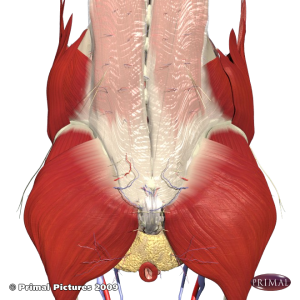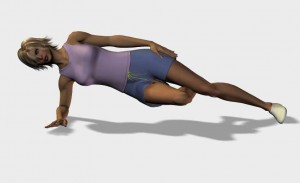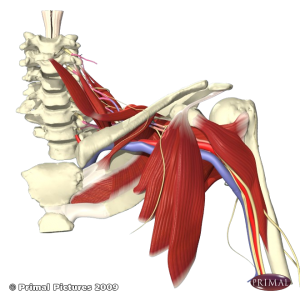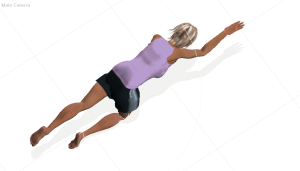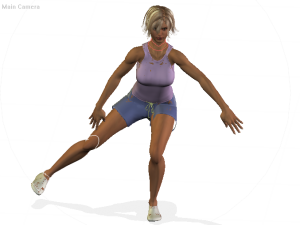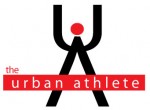Audience: Patients
Purpose: Exercise videos for those doing shoulder rehabilitation
Preamble
The same exercises or movements can be used with different intentions and to achieve a different goal. Some possible intentions being:
1. Motion is Lotion - we are moving your shoulder in a manner just to calm down nerves, decrease pain and get that pissed off shoulder happy with moving again. The amount of weight or resistance is not that important
2. Stress loading - for whatever reason we want to stress your shoulder and shoulder girdle musculature. You might have some weakness (e.g. prolonged immobility, post surgical) or we wish to increase the capacity of your joint and muscles to withstand load. Appropriate weight selection, speed of movement and technique is important
3. Motor control - certainly there is some overlap with the previous two intentions mentioned. But with this intention we might look at trying to change how your muscles work together. An example, is training both the internal and external rotator cuff during alternating movements. We are trying to get the cuff to pull the humeral head away from the scapula or just get the muscles happy working together again. Load or stress is important but so is learning the movement.
(more…)

